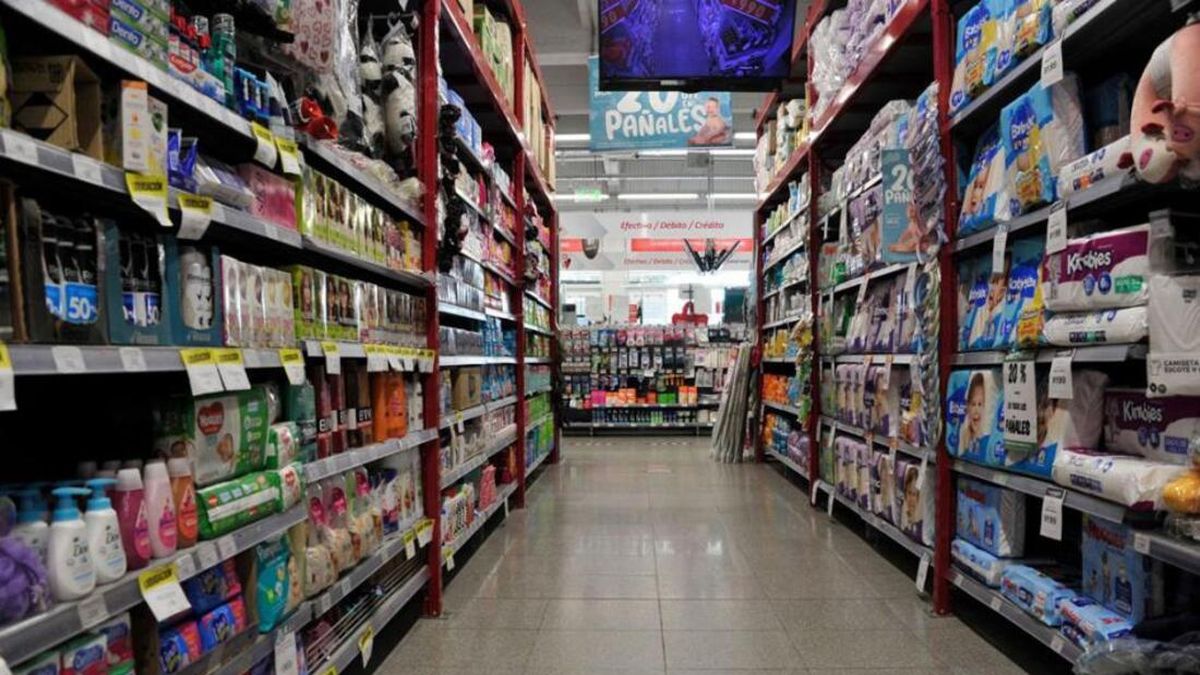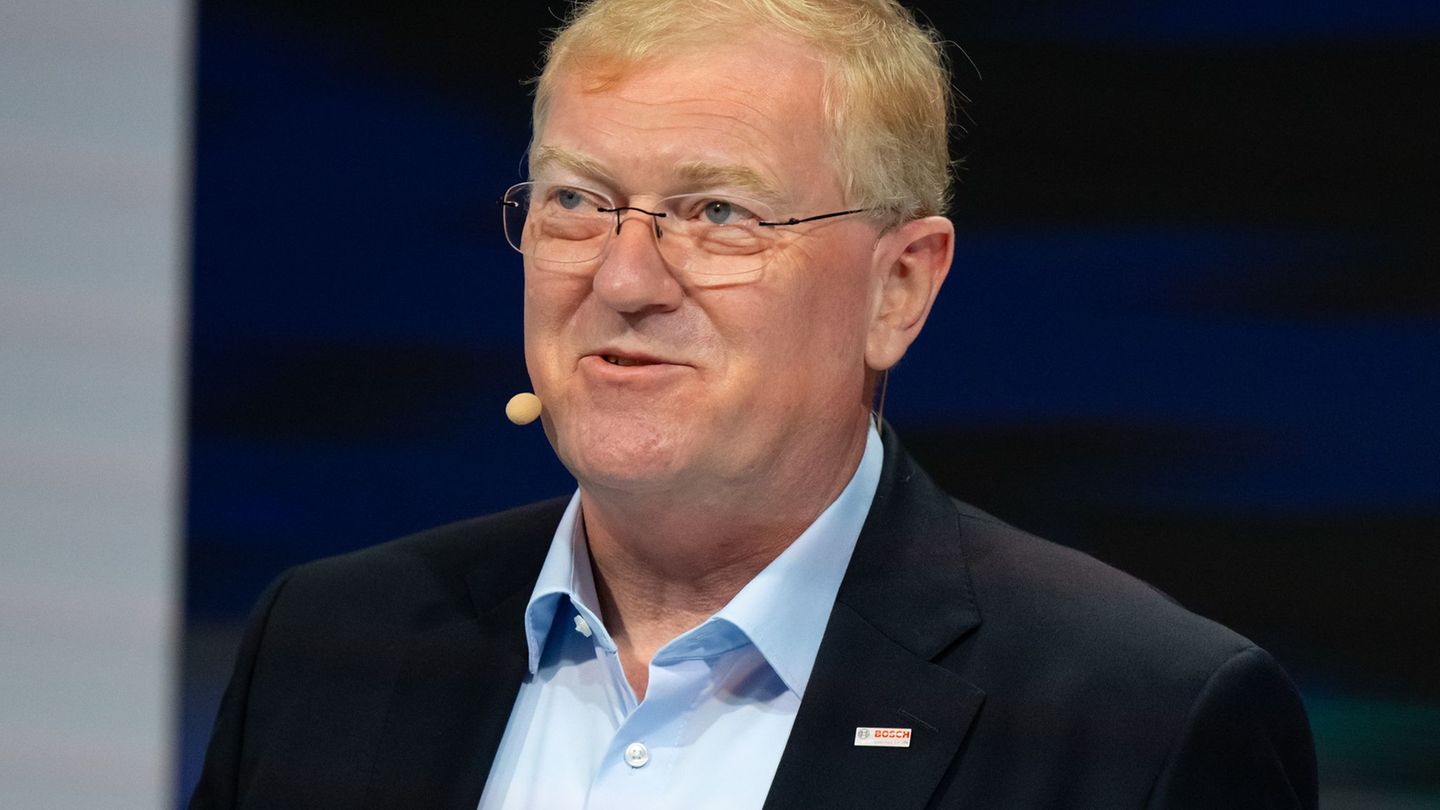The case of Uruguay was no exception: after lowering the monetary rate during the pandemic -to facilitate the financing of companies and families- the monetary authority began to raise the rate, taking it from 4.5% to 11.5% in the course of the second semester.
graph expectations bcu.jpg
After this cycle of increases, this week the Central Bank decided to keep the Monetary Policy Rate at 11.5%, registering a gradual decline in inflation from the peak of almost 10% in September of last year. In fact, from that moment on, inflation gradually lost ground in its annual rate, until it reached the 8.05% in the month of January. Anyway, it’s still far from the target range of 3 to 6%.
What were the estimates regarding the evolution of the dollar
The increase in the MPR caused, at the same time, an acute dollar crash in the Uruguayan exchange market, by making placement in pesos more attractive (the one-year BCU Bills rate reached 12%, although it has now dropped to 11.2%).
The price of the US currency dropped more than 10% in 2022. For this year, the analysts consulted in the monthly Survey of Economic Expectations of the BCU, also published today, they estimate that the dollar will close the year at 42 Uruguayan pesos, according to the median of the responses. This would imply an annual increase in the dollar of 7.4%, slightly higher than inflation.
In this way, the dollar would not recover practically none of the value lost in the local market last year. The Senator of the National Party, sebastian da silvaas well as Senator Guido Manini Rios (Cabildo Abierto), both members of the governing coalition, demanded that the BCU lower the interest rate to alleviate the pressure on the dollar, denouncing that the so-called “exchange delay” generated last year is affecting companies. They will have to wait : he Monetary Policy Committee (Copom) of the BCU, will meet again in April.
Source: Ambito




